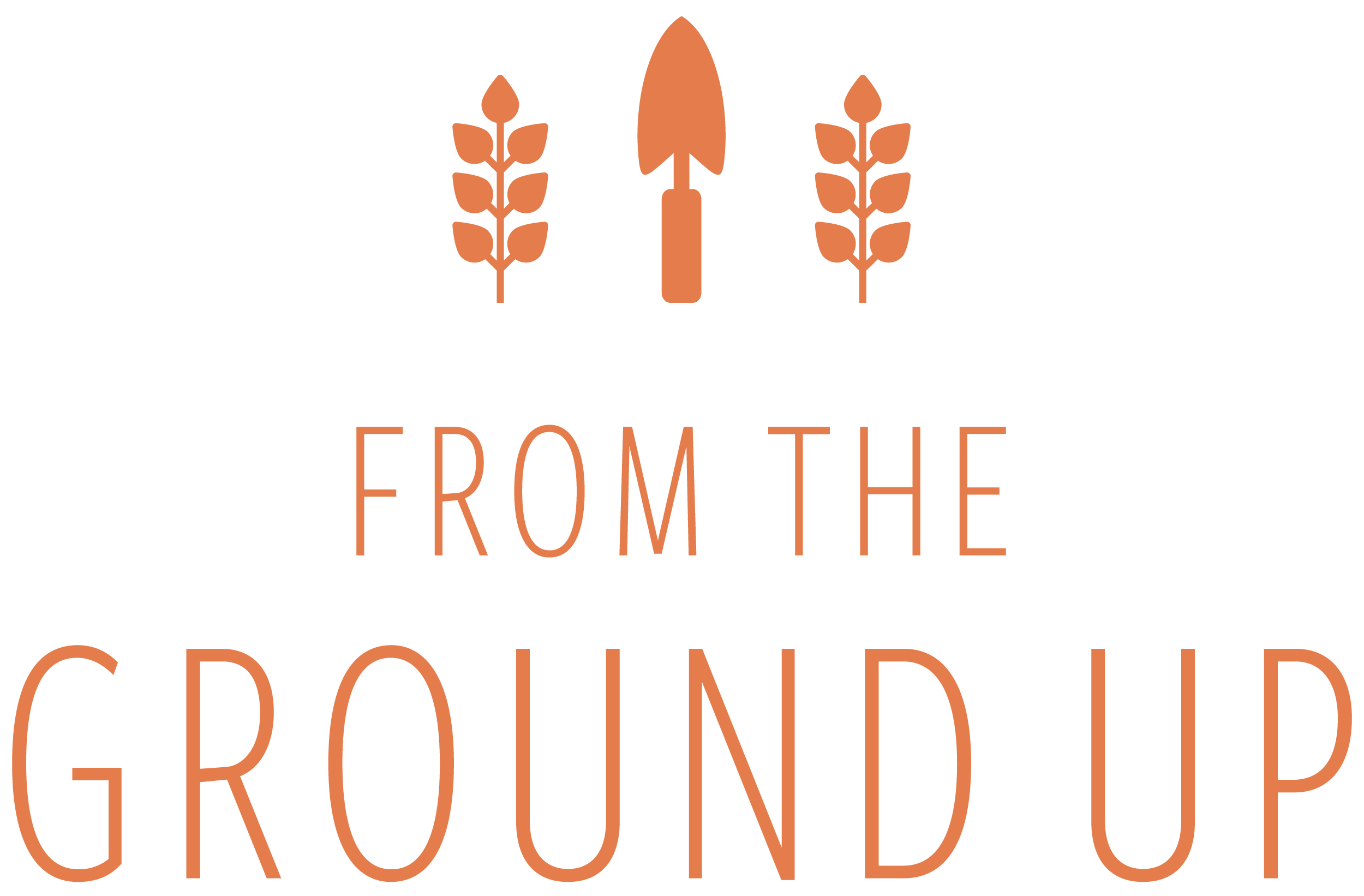Honoring the Kult of Kale!
I love kale! As a landscape designer, gardener and cook. Chalk it up to my Great Grandmother Isabel, who family tales say she brought her precious Tronchuda Kale seeds pocketed in one of her plethora of aprons from the Azores! It is so easy to grow and grows so abundantly, even in the colder regions of the United States. The many benefits to this leafy green make it very popular. Kale is low calorie and has no fat, with lots of nutrients like iron, Vitamins K, A, C, and calcium, and is great for detoxing. . National Kale Day falls on October 6th and celebrates kale's incredible health benefits, highlights kale's culinary versatility, and promotes eating, growing, and sharing kale.
Kale is actually a descendent of wild cabbage, native to Europe and Asia Minor, and is recorded to have grown and been consumed for nearly 4,000 years. Kitchen gardens in Scotland are called “kale yards,” because so much kale is grown in them. Supposedly, ancient Greeks cultivated these leafy greens, which they boiled and ate as a cure for drunkenness. If that weren’t enough, the name, Kale, was first used in 1962 as a suggested baby name.
Kale is a vegetable. It is also called borecole. It is in the group of vegetables called Brassica oleracea or wild cabbage. The types of kale are marked by color (green, white, purple, or bluish green) and leaf shape. Kale contains lutein, a nutrient that helps create the plant's color. Lutein helps keep eyes and vision healthy. One cup of raw kale gives you more than 100% of the Daily Value of vitamins A and K.
There are three basic types of kale, and each goes by several variety names.
• Curly kale has bright green leaves that are very curly; it’s also known as Scotch or green kale. This tends to show up as a garnish, though it’s much more than that. They are also sometimes used as ornamental plants.
• Black kale has elongated, flat, bluish-green leaves with a crinkled texture; it’s also called Tuscan, Dinosaur or Lacinato kale. Black kale originated in Tuscany in the 18th century and is both beautiful and tasty.
• Red kale has frilly leaves with red or purple stems; it’s also called Red Russian kale. The Red Russian and Siberian kales originate from northern Europe and northern Asia, and some of the varieties have been traced back to Russian traders migrating to Canada in the late 1800s.
Here are three unusual kale varieties that I’ve recently discovered that highly deserve your attention:
Kosmic Kale: It’s a perennial bicolored kale! It allows for a continuous cut-and-come-again harvest of slightly curled blue-green leaves.
Red Ursa Kale - Baker Creek Heirloom Seeds
Red Ursa Kale: Red Ursa is a relatively new addition to the rainbow of kales. Frank Morton of Wild Garden Seed (www.wildgardenseed.com/) in Corvallis, Oregon in the ‘90s crossed a Siberian Kale with a Red Russian Kale to form what is now Red Ursa. It’s an extra frilly version of a Red Russian kale with striking dark red to purple stems and rich green leaves.
Dazzling Blue Kale: Hardier than the traditional Lacinato. Ideal for raw kale salads. Bred by Hank Keogh of Avoca Seed Farm, produced in association with Wild Garden Seed in Oregon ..
And, of course, my Great Grandmother’s favorite…Tronchuda Kale (Couve tonchuda) or Portuguese Kale: More heat tolerant than other kales, for a longer harvest period on either end of winter season. Leaves are large, flat, rounded, similar to collard, but very large and with very prominent white veins. The leaves are more succulent, and the flavor is more cabbage-like than other kales.
There are some very unusual kales that are the stuff of legends:
Walking Stick Kale, also known as Tall Jacks, Jersey Cabbage or Cow Cabbage. An extra-tall kale is said to grow up to 20 feet in its native range, with an average of 6-12 feet in gardens. Grown in Europe for centuries, mostly on the island of Jersey,
Thousandhead Kale which was long appreciated in the UK as a fodder crop, It has been rediscovered as a tasty culinary variety.
Ready to plant some kale in your garden? It does best in loamy, well-drained soil with high organic matter. Kale typically grows one to two feet tall.
Ready to find simple ways to eat kale? I highly recommend the book, Fifty Shades of Kale: 50 Fresh and Satisfying Recipes That Are Bound to Please. It has everything from Kale Risotto to Kale Kiwi Gazpacho! Really!






